A Japanese cleaver, also known as a “nakiri,” is a...
Read More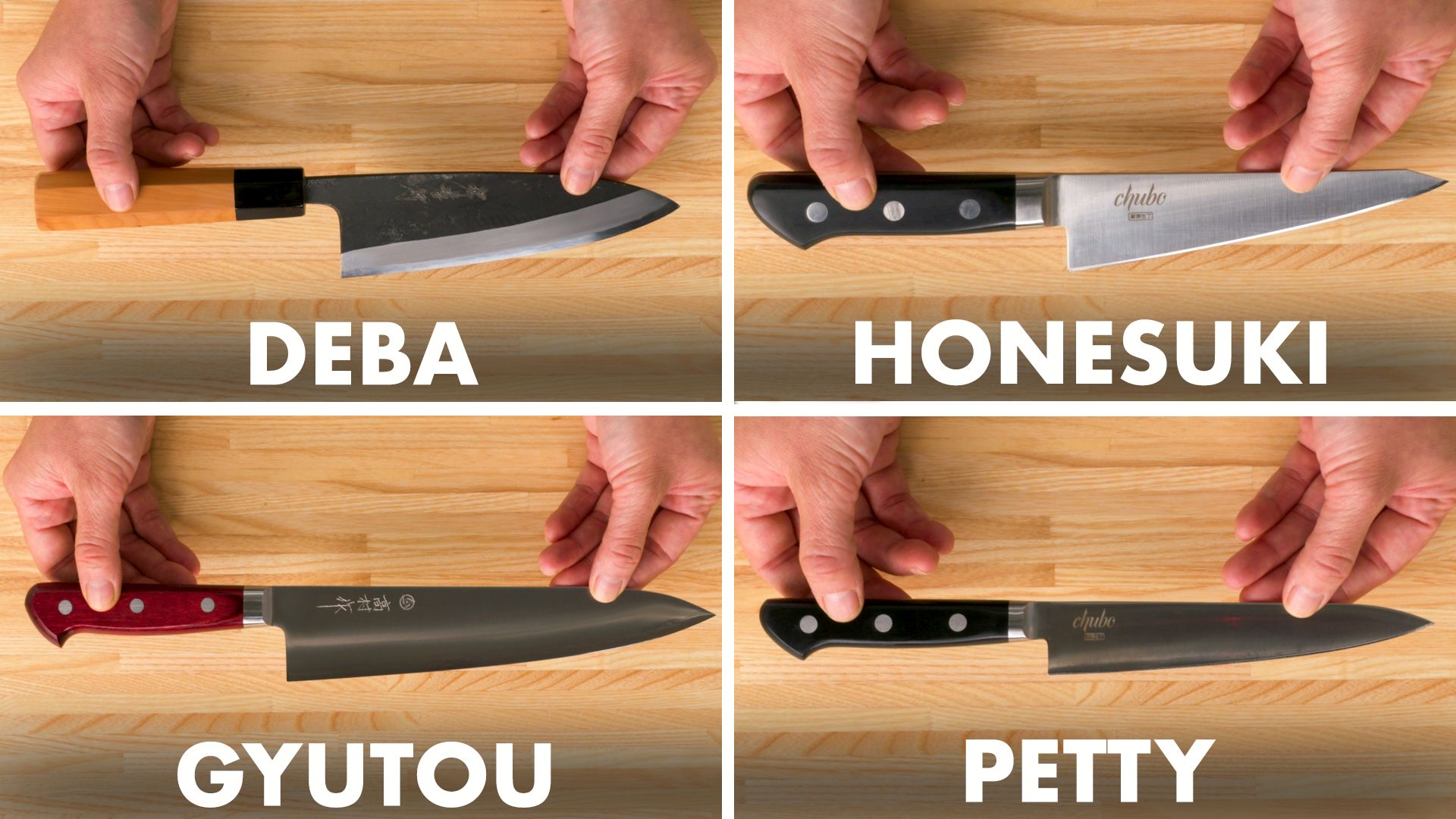
The Japanese paring knife, also known as the “petty knife,” is a small, lightweight knife that is commonly used in Japanese cuisine for precision tasks such as peeling, trimming, and shaping vegetables, fruits, and other ingredients.
Compared to Western-style paring knives, Japanese paring knives typically have a thinner and sharper blade with a more acute angle, which allows for more precise and delicate cuts. The blade is usually made from high-quality steel, such as carbon steel or stainless steel, and is typically ground to a flat or slightly concave shape, known as a “chisel grind.”
The handle of a Japanese paring knife is typically made from wood, plastic, or a combination of both, and is often ergonomically designed to fit comfortably in the hand. Some Japanese paring knives also feature a traditional octagonal handle, which provides a secure grip and allows for more precise control when cutting.
Overall, the Japanese paring knife is an essential tool for any home or professional cook who wants to achieve precision and finesse in their cutting and slicing tasks.
What is a Japanese paring knife used for?
The Japanese paring knife, also known as a “petty knife,” is a versatile tool that can be used for a variety of tasks in the kitchen. Some common uses of a Japanese paring knife include:
- Peeling: The thin, sharp blade of a Japanese paring knife makes it perfect for removing the skin from fruits and vegetables, such as apples, potatoes, and carrots.
- Trimming: The precision of a Japanese paring knife makes it ideal for trimming small or delicate ingredients, such as herbs or small pieces of meat.
- Shaping: The pointed tip of a Japanese paring knife can be used to create intricate shapes and designs in fruits and vegetables, such as radishes or cucumbers.
- Garnishing: The precision of a Japanese paring knife makes it perfect for creating decorative garnishes, such as citrus twists or vegetable flowers.
- Detail work: A Japanese paring knife is useful for any task that requires a high level of precision, such as deveining shrimp or trimming fat from meat.
Overall, the Japanese paring knife is a valuable tool for any home or professional cook who wants to achieve precision and finesse in their cutting and slicing tasks.
What is the best size Japanese paring knife?
The best size of a Japanese paring knife, also known as a “petty knife,” largely depends on personal preference and the specific tasks that it will be used for. However, in general, Japanese paring knives typically range in size from 90mm to 150mm (approximately 3.5 to 6 inches) in blade length.
A smaller blade length, such as 90mm to 120mm, is ideal for more precise and delicate tasks, such as peeling and trimming small fruits and vegetables, while a longer blade length, such as 130mm to 150mm, is better suited for tasks that require a longer blade, such as slicing larger fruits and vegetables or trimming meat.
Ultimately, the best size of a Japanese paring knife is the one that feels most comfortable and efficient to use for the tasks at hand. It’s always a good idea to try out different sizes and styles to find the one that works best for your specific needs.
Benefits of using Japanese paring knife
There are several benefits to using a Japanese paring knife, also known as a “petty knife,” in the kitchen. Here are some of the most significant benefits:
- Precision: The thin and sharp blade of a Japanese paring knife allows for precise cuts and clean, straight lines, making it ideal for tasks that require a high level of accuracy and attention to detail.
- Versatility: The small size of a Japanese paring knife makes it a versatile tool in the kitchen, suitable for a variety of tasks such as peeling, trimming, and slicing small and delicate ingredients.
- Durability: Japanese paring knives are typically made from high-quality steel, which makes them durable and long-lasting with proper care and maintenance.
- Lightweight: The lightweight design of a Japanese paring knife reduces hand fatigue and makes it easier to control and maneuver, especially for extended cutting and slicing tasks.
- Aesthetics: Many Japanese paring knives feature beautiful and unique designs, making them a stylish addition to any kitchen.
Overall, the precision, versatility, durability, lightweight design, and aesthetics of Japanese paring knives make them a valuable tool for any home or professional cook.
What is the difference between a chef knife and a paring knife?
Chef knives and paring knives are two of the most common knives used in the kitchen, but they are designed for different tasks and have distinct differences in their size, shape, and function.
Here are some of the main differences between a chef knife and a paring knife:
- Blade size and shape: Chef knives typically have a longer and wider blade, ranging from 6 to 12 inches, with a curved edge that is designed to rock back and forth, making it ideal for slicing, dicing, and chopping larger ingredients. Paring knives, on the other hand, are smaller and thinner, typically ranging from 3 to 4 inches in blade length, with a pointed tip and straight edge that is ideal for precision tasks such as peeling, trimming, and shaping smaller ingredients.
- Weight and balance: Chef knives are heavier and more balanced, with a thicker spine and wider blade that makes it easier to apply pressure and cut through denser ingredients. Paring knives are lighter and more nimble, with a thinner blade that requires less force and precision when making delicate cuts.
- Cutting technique: Chef knives are typically used with a rocking motion, where the blade is lifted and lowered in a rocking motion to make even, uniform cuts. Paring knives, on the other hand, are typically used with a precise, straight cutting motion, where the blade is guided carefully along the surface of the ingredient to create small, precise cuts.
Overall, while both chef knives and paring knives are essential tools in the kitchen, they are designed for different tasks and have distinct differences in their size, shape, and function.
How to use Japanese paring knife safely
Using a Japanese paring knife, also known as a “petty knife,” safely is essential to prevent injuries in the kitchen. Here are some tips for using a Japanese paring knife safely:
- Choose the right cutting surface: Use a stable and non-slip cutting board to prevent the knife from slipping while cutting. Avoid using glass or other hard surfaces, as they can dull or damage the blade.
- Keep the blade sharp: A sharp blade is safer than a dull one, as it requires less force to make cuts. Keep the blade sharp by using a honing rod or sharpening stone regularly.
- Use the proper grip: Hold the handle of the knife firmly with your dominant hand, and grip the food item you are cutting with your non-dominant hand in a “claw” position, tucking your fingertips under and away from the blade.
- Use a controlled cutting motion: Use a slow and controlled cutting motion, keeping the blade close to your hand and fingers to avoid accidentally cutting yourself.
- Store the knife safely: When not in use, store the knife in a protective sheath or knife block to prevent it from coming into contact with other objects that could dull or damage the blade.
- Keep the knife away from children: Store the knife in a safe and secure place, out of reach of children and pets.
Overall, using a Japanese paring knife safely requires using the proper cutting surface, keeping the blade sharp, using the right grip and cutting motion, storing the knife safely, and keeping it away from children.
Factors to consider when choosing the best Japanese paring knife
When choosing the best Japanese paring knife for your needs, there are several factors to consider, including:
- Blade Material: The type of steel used in the blade affects its durability, sharpness, and resistance to corrosion. Look for a high-quality steel, such as VG-10 or AUS-10, that is easy to sharpen and maintain.
- Blade Shape and Size: Consider the shape and size of the blade, as this will affect its versatility and ability to handle different tasks. A pointed tip is ideal for precise tasks such as peeling, while a wider blade can handle larger ingredients.
- Handle Material: The handle should be comfortable to grip and provide a secure grip, even when wet. Look for a handle made from materials such as wood or resin that provide a good grip and are easy to clean.
- Weight and Balance: A lightweight knife with a well-balanced blade is easier to control and reduces hand fatigue, making it ideal for extended use.
- Brand Reputation: Look for a reputable brand with a history of producing high-quality Japanese knives. Brands such as Shun, Global, and Miyabi are known for their quality and craftsmanship.
- Price: Consider your budget when choosing a Japanese paring knife, as prices can vary widely depending on the quality of materials and craftsmanship.
Overall, when choosing the best Japanese paring knife, consider the blade material, shape and size, handle material, weight and balance, brand reputation, and price. By taking these factors into consideration, you can find a Japanese paring knife that meets your needs and provides the precision and versatility you need in the kitchen.
How to clean Japanese paring knife
Properly cleaning your Japanese paring knife is essential to maintain its sharpness, prevent corrosion, and prolong its lifespan. Here are some tips on how to clean a Japanese paring knife:
- Hand wash the knife: Always hand wash your Japanese paring knife with warm water and mild dish soap. Avoid using harsh detergents or abrasive sponges, as they can damage the blade and handle.
- Dry the blade thoroughly: After washing, dry the blade thoroughly with a soft cloth or paper towel. Avoid leaving the knife to air dry, as this can cause water spots or rust to form on the blade.
- Store the knife properly: Store the knife in a safe and dry place, away from other objects that could damage the blade or handle. Avoid storing the knife in a drawer with other utensils, as this can cause the blade to rub against other objects and dull its edge.
- Avoid soaking the knife: Do not soak the knife in water for an extended period, as this can cause water to seep into the handle and corrode the blade.
- Use a honing rod or sharpening stone: Regularly use a honing rod or sharpening stone to maintain the blade’s sharpness. Follow the manufacturer’s instructions on how to use these tools properly.
Overall, cleaning a Japanese paring knife requires hand washing with mild dish soap, thorough drying, proper storage, avoiding soaking, and regular use of a honing rod or sharpening stone. By following these tips, you can keep your Japanese paring knife in excellent condition and enjoy its precision and versatility for years to come.
How to sharpen Japanese paring knife
Sharpening a Japanese paring knife is essential to maintain its sharpness and prolong its lifespan. Here are some tips on how to sharpen a Japanese paring knife:
- Choose a sharpening stone: Choose a sharpening stone with a grit suitable for your knife’s condition. Coarse stones (around 1000 grit) are used for dull knives, while finer stones (around 4000 to 8000 grit) are used for maintaining a sharp edge.
- Wet the stone: Wet the sharpening stone with water for a few minutes before using it.
- Hold the knife correctly: Hold the knife at an angle of 15 to 20 degrees to the sharpening stone.
- Begin sharpening: Begin sharpening by moving the blade along the stone in a circular or back-and-forth motion. Use moderate pressure and maintain a consistent angle throughout the sharpening process.
- Alternate sides: Alternate sides of the blade as you sharpen to ensure even wear.
- Hone the edge: Once you’ve finished sharpening, hone the edge of the blade by lightly running it over a honing rod. This will straighten the edge and remove any burrs.
- Rinse and dry the knife: Rinse the knife with water and dry it thoroughly with a soft cloth.
Overall, sharpening a Japanese paring knife requires choosing the right sharpening stone, holding the knife at the correct angle, using consistent pressure, and honing the edge. By following these tips, you can keep your Japanese paring knife sharp and in excellent condition for years to come.
How to maintain Japanese paring knife properly
Maintaining your Japanese paring knife properly is essential to keep it sharp and in excellent condition. Here are some tips on how to maintain your Japanese paring knife:
- Clean it regularly: Clean your knife after every use with warm water and mild dish soap. Dry it thoroughly with a soft cloth or paper towel to prevent water spots and rust.
- Store it properly: Store your knife in a knife block or magnetic strip to prevent it from rubbing against other utensils and getting damaged. Avoid storing it in a drawer or leaving it exposed to air and moisture, which can cause rust and corrosion.
- Sharpen it regularly: Regularly sharpen your knife with a sharpening stone or honing rod to maintain its sharpness. A dull knife is more dangerous than a sharp one because it requires more force to cut, increasing the risk of injury.
- Use a cutting board: Always use a cutting board when cutting or chopping ingredients to prevent the blade from dulling or getting damaged. Avoid cutting on hard surfaces like marble, granite, or glass, which can damage the blade.
- Avoid dishwasher: Never put your Japanese paring knife in the dishwasher, as the high temperature and harsh detergents can damage the blade and handle.
- Use it for its intended purpose: Use your Japanese paring knife for peeling, slicing, and trimming small fruits, vegetables, and herbs. Avoid using it to cut bones, frozen food, or hard ingredients, as this can damage the blade.
Overall, maintaining a Japanese paring knife properly requires cleaning it regularly, storing it properly, sharpening it regularly, using a cutting board, avoiding the dishwasher, and using it for its intended purpose. By following these tips, you can keep your Japanese paring knife sharp and in excellent condition for years to come.
Troubleshooting about Japanese paring knife
Here are some troubleshooting tips for common issues with a Japanese paring knife:
- Dull blade: If your Japanese paring knife is dull, it won’t be able to cut through ingredients easily. To sharpen the blade, use a sharpening stone or honing rod to maintain its sharpness.
- Rust spots: If you notice rust spots on your Japanese paring knife, it’s likely due to moisture exposure. To remove the rust, use a rust eraser or sandpaper to gently scrub the affected area. You can also prevent rust by cleaning and drying your knife thoroughly after each use and storing it in a dry place.
- Loose handle: If your Japanese paring knife’s handle feels loose, it may be due to a loose rivet. You can fix this by tightening the rivet with a screwdriver or hammering it back into place. If the handle is cracked or damaged, it may need to be replaced.
- Bent blade: If your Japanese paring knife’s blade is bent, it may be due to improper use or accidental damage. Avoid using the knife on hard surfaces or cutting through bones or frozen food. If the blade is severely bent, it may need to be replaced.
- Uneven edge: If your Japanese paring knife’s edge is uneven, it may be due to improper sharpening technique. Make sure to maintain a consistent angle when sharpening and use consistent pressure. You can also bring your knife to a professional sharpener to have it sharpened correctly.
Overall, troubleshooting a Japanese paring knife requires identifying the issue, such as a dull blade, rust spots, loose handle, bent blade, or uneven edge, and taking the appropriate action to fix it. By maintaining your Japanese paring knife properly and using it correctly, you can prevent many of these issues from occurring in the first place.
Japanese paring knife - FAQs
Here are some frequently asked questions about Japanese paring knives:
A Japanese paring knife is a small, versatile knife used for tasks such as peeling, slicing, and trimming small fruits, vegetables, and herbs.
Japanese paring knives typically have a thinner and sharper blade than Western paring knives, allowing for more precise cuts. Japanese paring knives also often have a straighter edge, whereas Western paring knives have a curved edge.
You can sharpen a Japanese paring knife using a sharpening stone or honing rod. Maintain a consistent angle when sharpening and use consistent pressure to maintain an even edge.
No, it is not recommended to put a Japanese paring knife in the dishwasher as the high temperature and harsh detergents can damage the blade and handle.
To maintain your Japanese paring knife, clean it regularly, store it properly, sharpen it regularly, use a cutting board, avoid the dishwasher, and use it for its intended purpose.
The best size for a Japanese paring knife depends on personal preference and the intended use. Generally, a blade length of 3-4 inches is recommended for most tasks.
No, a Japanese paring knife is not recommended for cutting meat as it is not designed for that purpose. Use a boning or slicing knife instead.
The lifespan of a Japanese paring knife depends on factors such as frequency of use, maintenance, and quality of materials. With proper maintenance, a high-quality Japanese paring knife can last for many years.
By understanding the uses, care, and maintenance of an offset serrated knife, you can get the most out of this versatile kitchen tool.
Conclusion
In conclusion, a Japanese paring knife, also known as a “petty knife,” is a versatile and essential tool in the kitchen that is ideal for precision tasks such as peeling, trimming, and shaping smaller ingredients.
With its lightweight design, sharp blade, and unique aesthetics, a Japanese paring knife offers several benefits, including precision, versatility, durability, and ease of use.
When using a Japanese paring knife, it’s essential to follow proper safety precautions to prevent injuries and keep the knife in good condition, including using the right cutting surface, keeping the blade sharp, using the proper grip and cutting motion, storing the knife safely, and keeping it out of reach of children.
Overall, a Japanese paring knife is a valuable addition to any home or professional kitchen, offering a range of benefits and uses for preparing delicious and beautifully crafted meals.
Related Posts
Why Trust Us
You will find what you are looking for at Jody's Bakery. From classic to luxury brands, you'll find both. We will help you to select appliances that fit your needs, budget and lifestyle. Whether you want to stop by to learn more — or plan to make a major purchase — we’ll treat you like family and assist you every step of the way. Shop with us today to receive friendly and experienced help along the way.









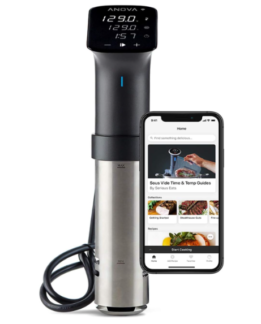
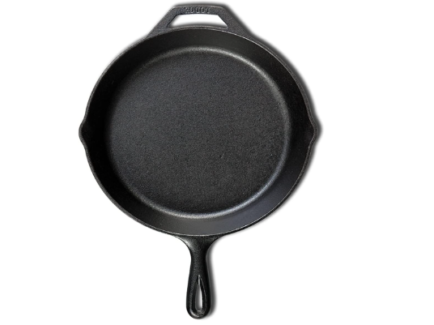
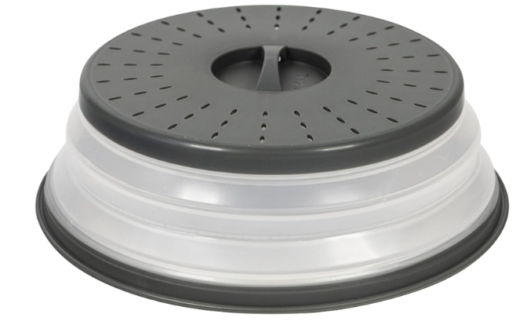
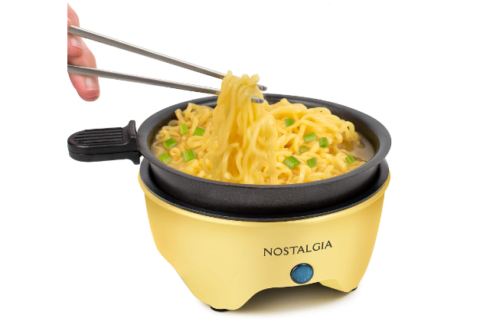
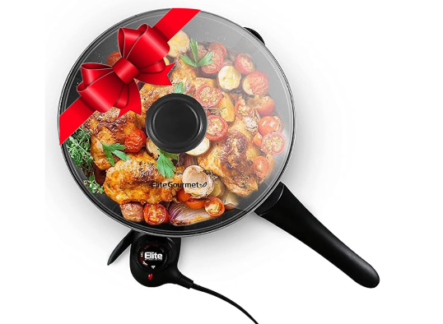
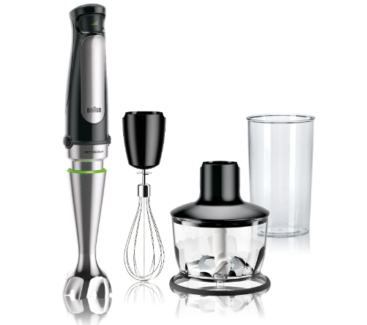
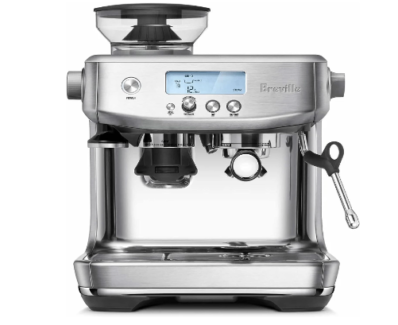
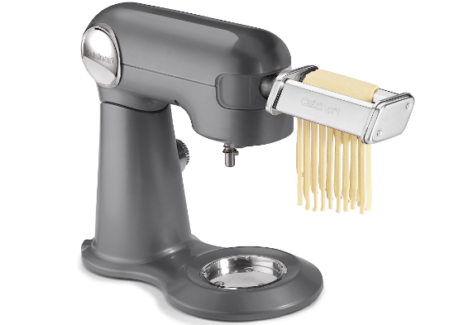
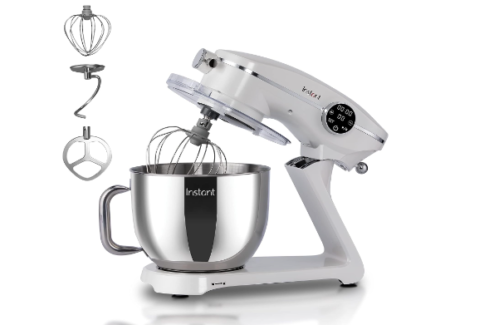

This was a very informative read. The author did a great job explaining the topic in an accessible way. Let’s discuss this further. Check out my profile for more interesting reads.